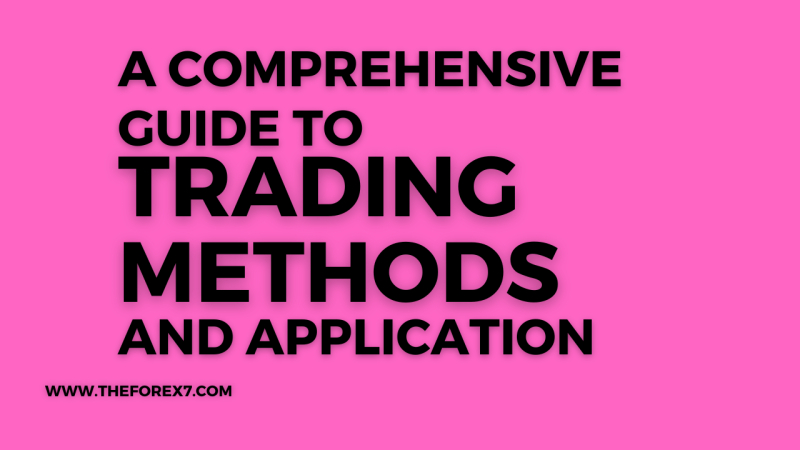The Use of Closing Prices And The Presence Of Lines
Failure swing bottom, Nonfailure swing bottom, Stock as economic indicator
Course: [ Technical Analysis of the Financial Markets : Chapter 2: Dow Theory ]

Dow relied exclusively on closing prices. He believed that averages had to close higher than a previous peak or lower than a previous trough to have significance. Dow did not consider intraday penetrations valid.
THE USE OF CLOSING PRICES AND THE PRESENCE OF LINES
Dow
relied exclusively on closing prices. He believed that averages had to close
higher than a previous peak or lower than a previous trough to have
significance. Dow did not consider intraday penetrations valid.

Figure
2.4a Failure Swing Bottom. The "buy" signal takes place when point B
is exceeded (at Bl).

Figure
2.4b NonFailure Swing Bottom. “Buy” signals occur at points B1 or B2.
When
traders speak of lines in the averages, they are referring to horizontal
patterns that sometimes occur on the charts. These sideways trading ranges
usually play the role of corrective phases and are usually referred to as
consolidations. In more modern terms, we might refer to such lateral patterns
as "rectangles."
SOME CRITICISMS OF DOW THEORY
Dow
Theory has done well over the years in identifying major bull and bear markets,
but has not escaped criticism. On average, Dow Theory misses 20 to 25% of a
move before generating a signal. Many traders consider this to be too late. A
Dow Theory buy signal usually occurs in the second phase of an uptrend as price
penetrates a previous intermediate peak. This is also, incidentally, about
where most trend-following technical systems begin to identify and participate
in existing trends.
In
response to this criticism, traders must remember that Dow never intended to
anticipate trends; rather he sought to recognize the emergence of major bull
and bear markets and to capture the large middle portion of important market
moves.
Available
records suggest that Dow's Theory has performed that function reasonably well.
From 1920 to 1975, Dow Theory signals captured 68% of the moves in the
Industrial and Transportation Averages and 67% of those in the S&P 500
Composite Index (Source: Barron's). Those who criticize Dow Theory for failing
to catch actual market tops and bottoms lack a basic understanding of the
trend-following philosophy.
STOCKS AS ECONOMIC INDICATORS
Dow
apparently never intended to use his theory to forecast the direction of the
stock market. He felt its real value was to use stock market direction as a
barometric reading of general business conditions. We can only marvel at Dow's
vision and genius. In addition to formulating a great deal of today's price
forecasting methodology, he was among the first to recognize the usefulness of
stock market averages as a leading economic indicator.
DOW THEORY APPLIED TO FUTURES TRADING
Dow's
work considered the behavior of stock averages. While most of that original
work has significant application to commodity futures, there are some
important distinctions between stock and futures trading. For one thing, Dow
assumed that most investors follow only the major trends and would use
intermediate corrections for timing purposes only. Dow considered the minor or
near term trends to be unimportant. Obviously, this is not the case in futures
trading in which most traders who follow trends trade the intermediate instead
of the major trend. These traders must pay a great deal of attention to minor
swings for timing purposes. If a futures trader expected an intermediate
uptrend to last for a couple of months, he or she would look for short term
dips to signal purchases. In an intermediate downtrend, the trader would use
minor bounces to signal short sales. The minor trend, therefore, becomes
extremely important in futures trading.
For
the first 100 years of its existence, the Dow Jones Industrial Average could
only be used as a market indicator. That all changed on October 6, 1997 when futures
and options began trading on Dow's venerable average for the first time. The
Chicago Board of Trade launched a futures contract on the Dow Jones Industrial
Average, while options on the Dow (symbol: DJX) started trading at the Chicago
Board Options Exchange. In addition, options were also launched on the Dow
Jones Transportation Average (symbol: DJIA) and the Dow Jones Utility Index
(symbol: DJUA). In January 1998, the American Stock Exchange started trading
the Diamonds Trust, a unit investment trust that mimics the 30 Dow industrials.
In addition, two mutual funds were offered based on the 30 Dow benchmark. Mr.
Dow would probably be happy to know that, a century after their creation, it
would now be possible to trade his Dow averages, and actually put his Dow
Theory into practice.
CONCLUSION
This
chapter presented a relatively quick review of the more important aspects of
the Dow Theory. It will become clear, as you continue through this book, that
an understanding and appreciation of Dow Theory provides a solid foundation
for any study of technical analysis. Much of what is discussed in the following
chapters represents some adaptation of Dow's original theory. The standard
definition of a trend, the classification of a trend into three categories and
phases, the principles of confirmation and divergence, the interpretation of
volume, and the use of percentage retracements (to name a few), all derive, in
one way or another, from Dow Theory.
In
addition to the sources already cited in this chapter, an excellent review of
the principles of Dow Theory can be found in Technical Analysis of Stock Trends
(Edwards & Magee).
Technical Analysis of the Financial Markets : Chapter 2: Dow Theory : Tag: Technical Analysis, Stocks : Failure swing bottom, Nonfailure swing bottom, Stock as economic indicator - The Use of Closing Prices And The Presence Of Lines

